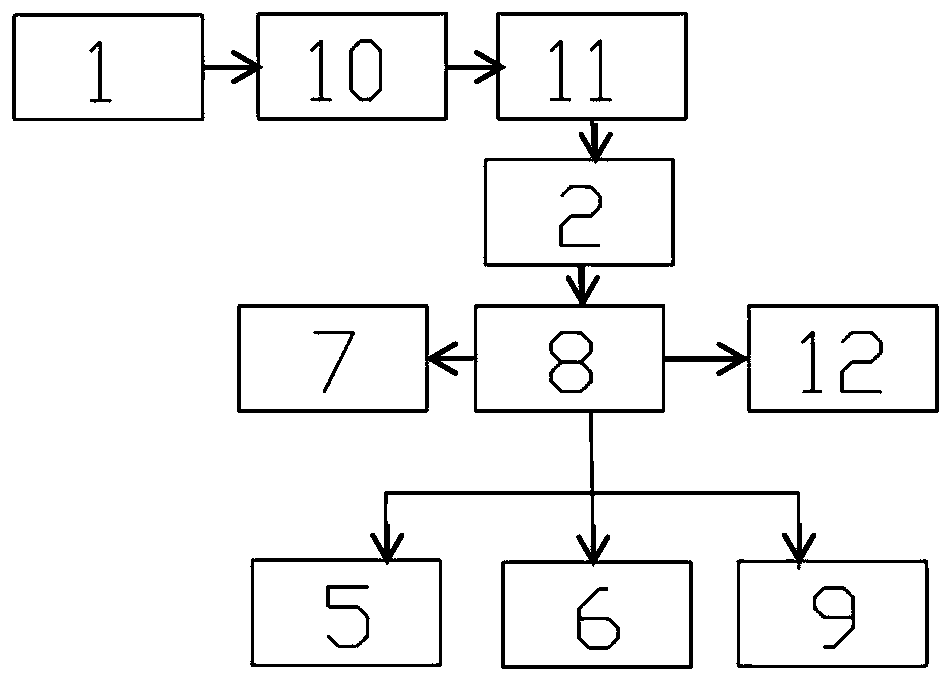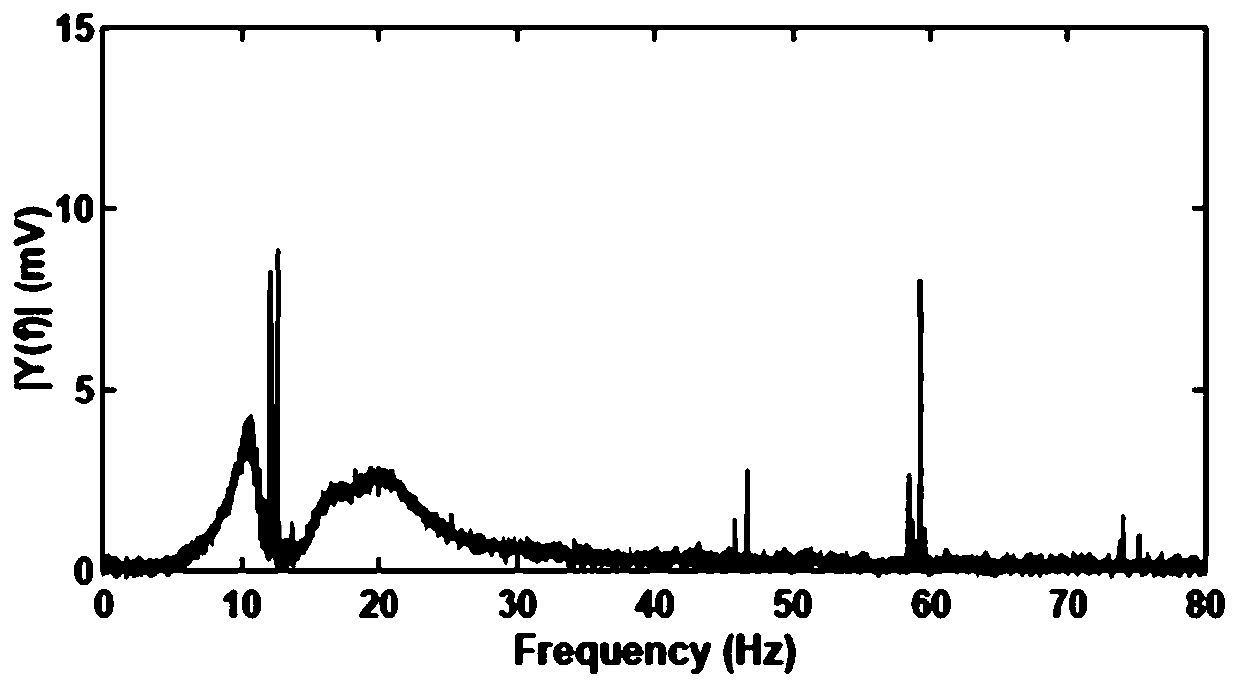A physiological parameter measurement system and an intelligent seat equipped with the measurement system
A measurement system and a technology for physiological parameters, applied in the field of measurement, can solve problems such as complex operation and being easily affected by the environment, and achieve the effect of avoiding inconvenience and avoiding drift of calculation results.
- Summary
- Abstract
- Description
- Claims
- Application Information
AI Technical Summary
Problems solved by technology
Method used
Image
Examples
Embodiment 1
[0039] The present embodiment provides a method for measuring human respiratory rate, which at least includes the following steps:
[0040] S1: collect data signals related to the human body through the data collector;
[0041] S2: filter the data signal to obtain sample data;
[0042] S3: Determine the sample autocorrelation function based on the sample data;
[0043] S4: peak capture and measurement of sample autocorrelation function;
[0044] S5: Extract the respiratory frequency based on the peak value.
[0045] For ease of understanding, the following will discuss in detail based on each step.
[0046] S1: collect data signals related to the human body through the data collector.
[0047] When a person inhales, the thoracic diaphragm contracts and causes the chest cavity to expand. Natural inflation forces air into both lungs to equalize the pressure inside and outside the body. When the inhalation ends, the exhalation begins. During exhalation, the thoracic diaphr...
Embodiment 2
[0074] This embodiment is a further improvement on Embodiment 1, and repeated content will not be repeated here.
[0075] The present invention also provides an intelligent seat, which at least includes a seat cushion 3 and a backrest 4, wherein several sensors 1 are arranged on the seat cushion and the backrest to collect data signals related to the human body. The sensor 1 is preferably a capacitive sensor, and is arranged on the seat cushion and the backrest by connecting with a resistor to form a resistance-capacitance circuit, so that the current use state of the smart seat can be identified by measuring the change of the sensor capacitance.
[0076] preferred, such as Figure 5 As shown, the smart seat uses a total of 16 sensors 1 to form a data collection unit 13 to collect data signals related to the human body, among which 9 sensors are arranged on the seat cushion and 7 sensors are arranged on the backrest. Nine sensors are arranged on the cushion in a shape similar...
Embodiment 3
[0093] This embodiment is a further improvement on Embodiment 1 and Embodiment 2, and repeated content will not be repeated here.
[0094] The intelligent seat of the present invention also includes an identification unit 6 . The identification unit is configured to learn the working mode of the sitting behavior of the sitting person based on the machine learning algorithm. For example, in the process of touching the seat and sitting down completely, different occupants make the process last differently based on different sitting habits. For example, due to the different sitting habits of the seated people, the sitting steps will be completely different. For younger young people, they often sit down directly, which makes the instantaneous impact on the seat very strong. When the pressure data is processed and displayed through the time window, it will present a shape of sharp increase at a certain moment. For older middle-aged and elderly people, they often sit down slowly. ...
PUM
 Login to View More
Login to View More Abstract
Description
Claims
Application Information
 Login to View More
Login to View More - R&D Engineer
- R&D Manager
- IP Professional
- Industry Leading Data Capabilities
- Powerful AI technology
- Patent DNA Extraction
Browse by: Latest US Patents, China's latest patents, Technical Efficacy Thesaurus, Application Domain, Technology Topic, Popular Technical Reports.
© 2024 PatSnap. All rights reserved.Legal|Privacy policy|Modern Slavery Act Transparency Statement|Sitemap|About US| Contact US: help@patsnap.com










